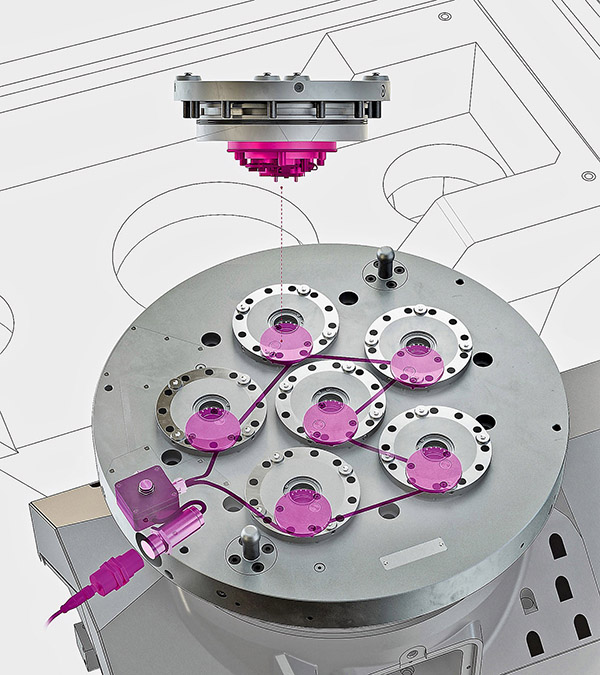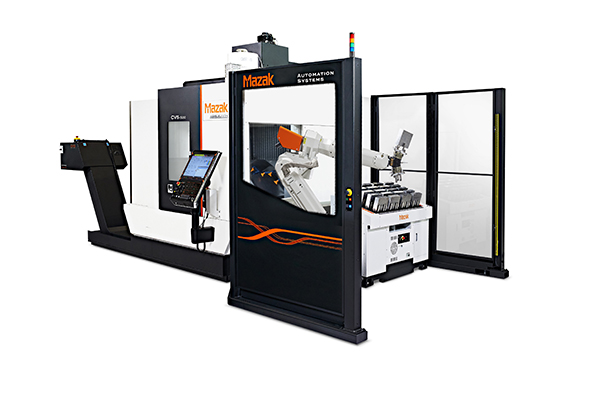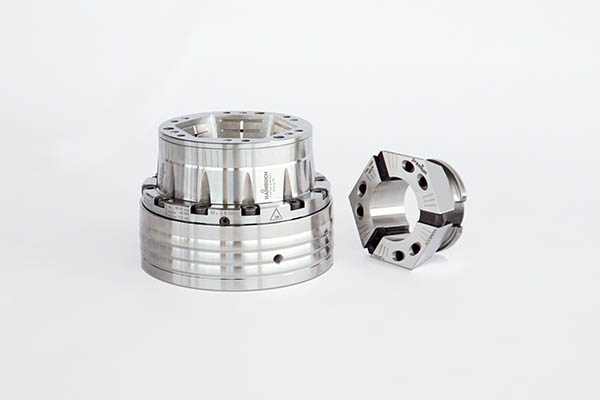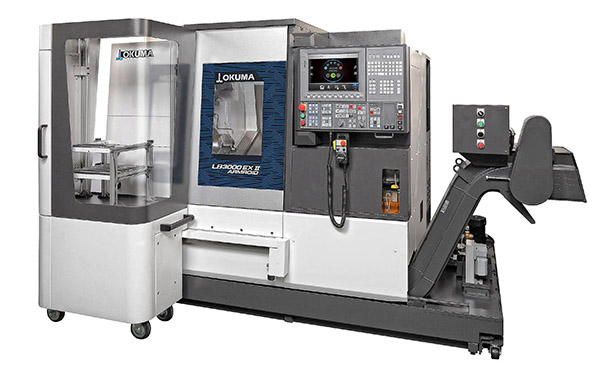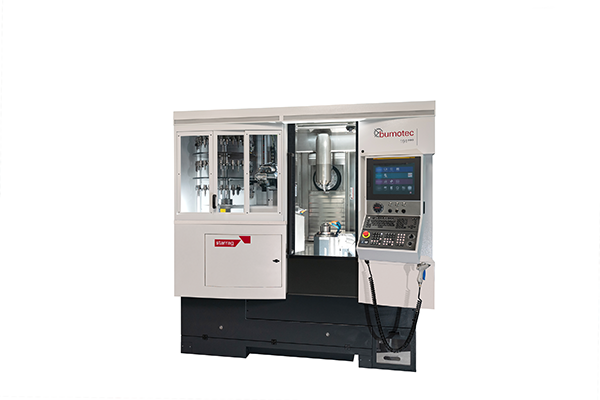
Roemheld (Hall 6, Stand 450) is showing for the first time in the UK a new modular, sensor-based system that digitalises zero-point clamping by enabling digital recording of its status. STARK.intelligence enables data on workpiece loading and unloading to be integrated directly into an automated manufacturing process. The system also provides information on the condition of the clamping equipment to facilitate its scheduled maintenance. Each fixture is equipped with its own sensor box to measure position, temperature and pressure in real time. A master unit receives data from several units and outputs the information to different devices via IO-Link. The device can be the machine tool’s control screen, computers in the QA department or the service engineer’s smartphone.
For further information
www.roemheld.co.uk






